Tag: Rappahannock Station VA
Wikipedia says: The First Battle of Rappahannock Station, took place on August 23, 1862, at present-day Remington, Virginia, as part of the Northern Virginia Campaign of the American Civil War.
In early August, Confederate Gen. Robert E. Lee determined that Union Maj. Gen. George B. McClellan’s army was being withdrawn from the Virginia Peninsula to reinforce Maj. Gen. John Pope. He sent Maj. Gen. James Longstreet’s wing from Richmond to join Thomas J. “Stonewall” Jackson’s wing of the army near Gordonsville and arrived to take command himself on August 15. On August 20 and 21, Pope withdrew to the line of the Rappahannock River.
Throughout the day on August 20, Pope spread his army along the northern bank of the Rappahannock from Kelly’s Ford northward to just above the railroad bridge at Rappahannock Station (present day Remington, Virginia) and prepared to defend the river crossings. On that day the head of Longstreet’s right wing of Lee’s army reached Kelly’s Ford. Lee had intended to cross the river above Pope’s army to flank it but Pope was expanding northward too quickly. On August 21 and 22 the northern ends of the two armies “waltzed”, first Pope and then Longstreet expanding northward along the river. Each army kept its southern end anchored at Kelly’s Ford. Lee then changed his strategy and ordered Jackson’s left wing to move much further upriver in order to cross above Pope. On August 23, Maj. Gen. J.E.B. Stuart’s cavalry crossed the Rappahannock at the northern end of Jackson’s line and made a daring raid on Pope’s headquarters at Catlett Station, thus showing that the Union right flank was vulnerable to a turning movement.
Rappahannock Station
Lee now needed to protect his own right flank from a possible enemy attack. Upriver storms on August 22nd had caused the river to rise enough to make most of the fords useless, but Lee needed to take the railroad bridge at Rappahannock Station where Union artillery on the high northern bank plus a small troop and gun emplacement on the south bank controlled the crossing. On the afternoon of August 22, two Confederate artillery units arrived in the vicinity of Rappahannock Station. They were under orders from Maj. Gen. James Longstreet to drive the enemy from his positions on both sides of the river. Nathan G. Evans’ South Carolina Brigade and George T. Anderson’s Georgia Brigade were ordered to support the artillery. At daylight on the 23rd the 19 guns of the Washington Artillery of New Orleans began the duel. One historian characterized this three-hour action involving nearly fifty cannon as “one of the fiercest small artillery duels of the war”. The first Confederate artillery target was the small Union battery on the knoll just south of the river. This position was an easy target for the artillery of both armies. It was quickly abandoned by Union forces, who blew up the railroad bridge as they retreated. Evans then sent his small Macbeth Artillery battery and the Holcombe Legion infantry to occupy the knoll, but they were quickly dislodged by Union artillery fire from across the river. About noon some of the Union artillery units on the north bank moved slightly upriver in order to be able to fire on the bottomland where the Confederate infantry brigades were concealed. The Confederate infantry retreated under fire as best they could, but they suffered substantial casualties. At mid-afternoon additional Confederate artillery units arrived to shell the Union forces, which then set fire to the buildings in the small town and retreated. On August 25 Jackson’s wing rose at 3 am to begin marching further upriver to cross the Rappahannock at Hinson’s Mill Ford, flanking Pope on his right. On the 26th he marched via Thoroughfare Gap to capture Bristoe Station and destroy Federal supplies at Manassas Junction, far in the rear of Pope’s army. A few days later Longstreet’s wing of the Army of Northern Virginia followed the same route to join Jackson’s wing, setting the stage for the Second Battle of Manassas.
The Second Battle of Rappahannock Station took place on November 7, 1863, near the village of Rappahannock Station (now Remington, Virginia), on the Orange and Alexandria Railroad.
It was between Confederate forces under Maj. Gen. Jubal Early and Union forces under Maj. Gen. John Sedgwick as part of the Bristoe Campaign of the American Civil War.
The battle resulted in a victory for the Union.
After the Battle of Gettysburg in July 1863, the Union and Confederate armies drifted south and for three months sparred with one another on the rolling plains of northern Virginia. Little was accomplished, however, and in late October General Robert E. Lee withdrew his Confederate army behind the Rappahannock River, a line he hoped to maintain throughout the winter.
A single pontoon bridge at the town of Rappahannock Station was the only connection Lee retained with the northern bank of the river. The bridge was protected by a bridgehead on the north bank consisting on two redoubts and connecting trenches. Confederate batteries posted on hills south of the river gave additional strength to the position.
The bridgehead was an integral part of Lee’s strategy to defend the Rappahannock River line. As he later explained, by holding the bridgehead he could “threaten any flank movement the enemy might make above or below, and thus compel him to divide his forces, when it was hoped that an opportunity would be presented to concentrate on one or the other part.” The Union Army of the Potomac’s commander, Maj. Gen. George G. Meade, divided his forces just as Lee expected. He ordered Maj. Gen. John Sedgwick to attack the Confederate position at Rappahannock Station while Maj. Gen. William H. French forced a crossing five miles downstream at Kelly’s Ford. Once both Sedgwick and French were safely across the river, the reunited army would proceed to Brandy Station.
The operation went according to plan. Shortly after noon on November 7, French drove back Confederate defenders at Kelly’s Ford and crossed the river. As he did so, Sedgwick advanced toward Rappahannock Station. Lee learned of these developments sometime after noon and immediately put his troops in motion to meet the enemy. His plan was to resist Sedgwick with a small force at Rappahannock Station while attacking French at Kelly’s Ford with the larger part of his army. The success of the plan depended on his ability to maintain the Rappahannock Station bridgehead until French was defeated.
Sedgwick first engaged the Confederates at 3 p.m. when Maj. Gen. Albion P. Howe’s division of the VI Corps drove in Confederate skirmishers and seized a range of high ground three-quarters of a mile from the river. Howe placed Union batteries on these hills that pounded the enemy earthworks with a “rapid and vigorous” fire. Confederate guns across the river returned the fire, but with little effect.
Maj. Gen. Jubal Early’s division occupied the bridgehead defenses that day. Early posted Brig. Gen. Harry T. Hays’s Louisiana brigade and Captain Charles A. Green’s four gun Louisiana Guard Artillery in the works and at 4:30 p.m. reinforced them with three North Carolina regiments led by Colonel Archibald Godwin. The addition of Godwin’s troops increased the number of Confederate defenders at the bridgehead to nearly 2,000.
Sedgwick continued shelling the Confederates throughout the late afternoon, but otherwise he showed no disposition to attack. As the day drew to a close, Lee became convinced that the movement against the bridgehead was merely a feint to cover French’s crossing farther downstream. He was mistaken. At dusk the shelling stopped, and Sedgwick’s infantry rushed suddenly upon the works. Col. Peter Ellmaker’s brigade advanced adjacent to the railroad, preceded by skirmishers of the 6th Maine Infantry. “No Union regiment gained more laurels that day nor suffered higher casualties,” according to the National Park Service. At the command “Forward, double-quick!” they surged over the Confederate works and engaged Hays’s men in hand-to-hand combat. Without assistance, the 6th Maine breached the Confederate line and planted its flags on the parapet of the easternmost redoubt. Moments later the 5th Wisconsin swarmed over the walls of the western redoubt, likewise wresting it from Confederate control.
On the right, Union forces achieved comparable success. Just minutes after Ellmaker’s brigade penetrated Hays’s line, Col. Emory Upton’s brigade overran Godwin’s position. Upton reformed his lines inside the Confederate works and sent a portion of the 121st New York to seize the pontoon bridge, while the rest of his command wheeled right to attack the confused Confederate horde now massed at the lower end of the bridgehead.
Confederate resistance dissolved as hundreds of soldiers threw down their arms and surrendered. Others sought to gain the opposite shore by swimming the icy river or by running the gauntlet of Union rifle fire at the bridge. Confederate troops south of the Rappahannock looked on hopelessly as Union soldiers herded their comrades to the rear as prisoners of war.
Showing 1–16 of 18 results
-
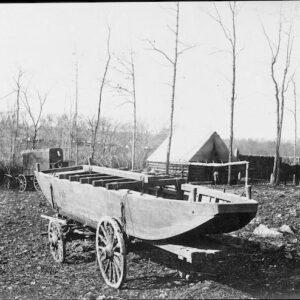
Image ID: AILM
$6.99 -
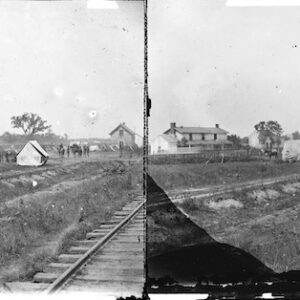
Image ID: AJFM
$6.99 -
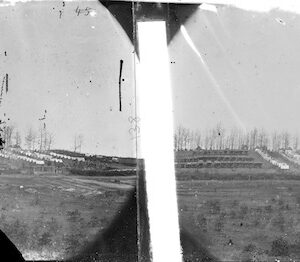
Image ID: AJMK
$6.99 -
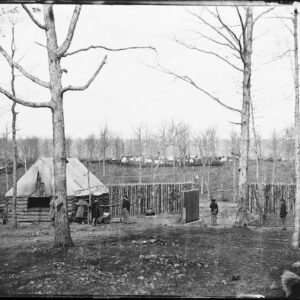
Image ID: APDI
$6.99 -
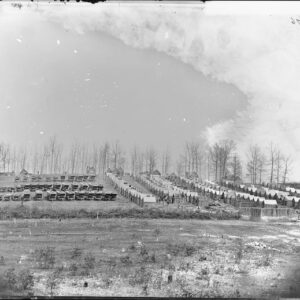
Image ID: APDK
$6.99 -
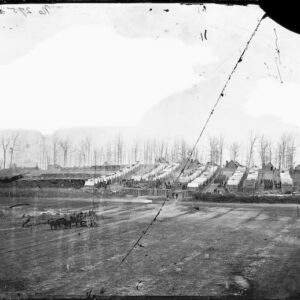
Image ID: APHW
$6.99 -
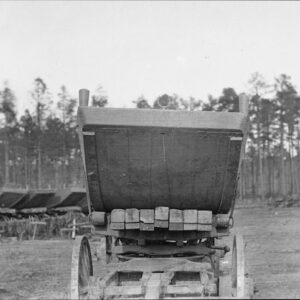
Image ID: APSJ
$6.99 -
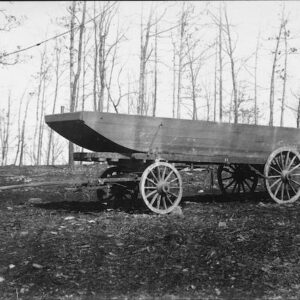
Image ID: APSK
$6.99 -
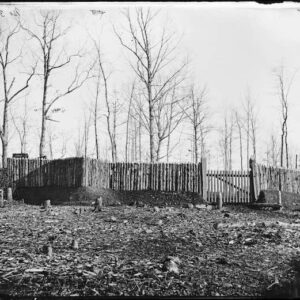
Image ID: AQDK
$6.99 -
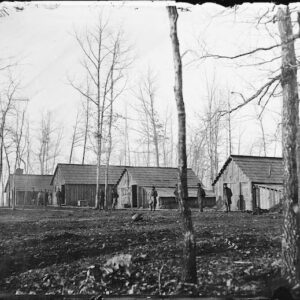
Image ID: AQNR
$6.99 -
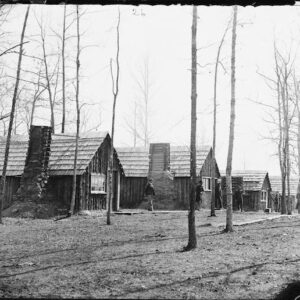
Image ID: AQNS
$6.99 -
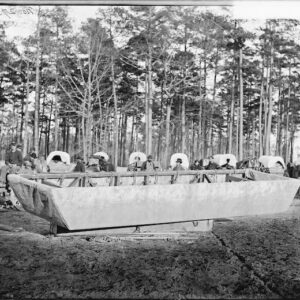
Image ID: AQNT
$6.99 -
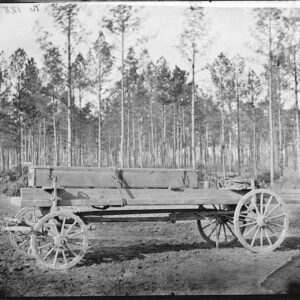
Image ID: AQNU
$6.99 -
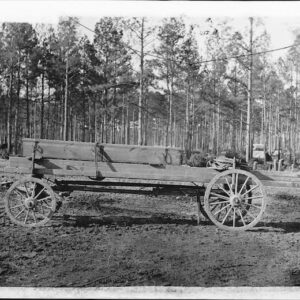
Image ID: AQTI
$6.99 -
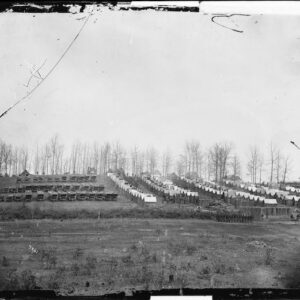
Image ID: AQXG
$6.99 -
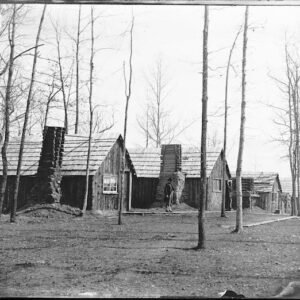
Image ID: AQZG
$6.99